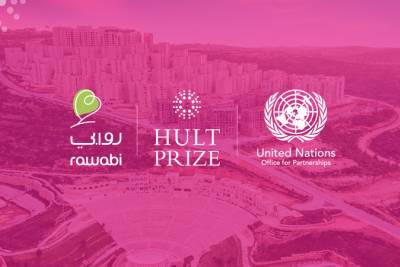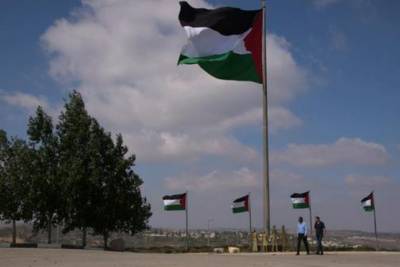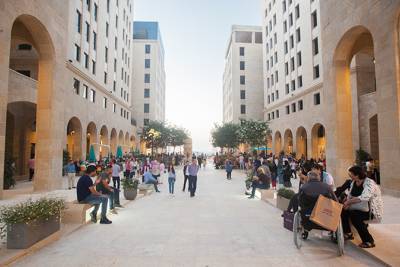Rawabi, decor under construction of a model Palestine
Perched on its rocky hill, Rawabi is a metaphor for Palestine. An endless project, even an anachronistic dream in the Trump-Netanyahu era, which the millions poured out year after year has failed to wrest from the political reality of the Israeli occupation, nor from Palestinian cultural resistance.
In the midst of the shrubs between Ramallah and Nablus, just 40 kilometers from Tel Aviv, the first stones were laid in 2011. Almost a decade later, when the only Palestinian "new city" appears in our windshield, c 'is a mini-Metropolis deposited in the middle of nowhere that takes shape.
Stage set
Suddenly, the pothole with holes in the potholes is flattened. The road now made of small smooth slabs leads to a roundabout (a rarity in the West Bank), wide sidewalks and plenty of parking spaces. A second vertical vision in the middle of the red cranes: beige buildings with embrasures not yet filled with glass. Between the stage set and the full-size Lego city. On one wall, an ad for the diamond dealer Swarovski. Opposite, the skeleton of a mosque. There is not a single passerby.
Rawabi is the great work of Bashar Masri, one of these American-Palestinian billionaires professing the same faith in patriotism and capitalism. His primary idea was to build there before the settlers did. The second was to imagine the "Palestine of the future" through the prism of the American Dream. That is to say a city with hygienic lines with spacious apartments, luxury boutiques, western cafes, tech companies, and even a neo-Roman amphitheater. Somewhere between the start-up incubator and the shopping center. Almost the dream of Trump, who believed with his Manama summit that Palestinian aspirations were soluble in consumerism. Close to the Palestinian Authority, Masri nevertheless refused to go there.
selfies
Did Rawabi keep its promises? The project has so far swallowed up more than a billion euros, disbursed by Masri and Qatar. Structural projects (pipelines, roads) have come up against the finicky cogs of the Israeli military administration. About 5,000 Palestinians have moved there out of the 40,000 expected by the end of the work, and as many are employed there, most on construction sites. But the local bourgeoisie has not migrated en masse. Indeed, most Palestinians are reluctant to leave their hometown, even under the guise of social mobility, attachment to the birthplace remains at the heart of the national struggle. Others criticized the aesthetics of the city, which was too close to the settlements.
After a few minutes of wandering the concentric street that surrounds the city, you come across the heart of Rawabi: a pedestrian alley lined with franchise stores. Against the backdrop of Arabic pop broadcast by loudspeakers, young, stylish and playful youngsters fill up on Lacoste polo shirts. Couples take selfies next to bronze statues fantasizing the "Arabs of the future" of this model Palestine. Through the window of a real estate agency, we observe a couple being described in their future neighborhood. The model looks more real than the city we are in.
To view the original article, Click Here



